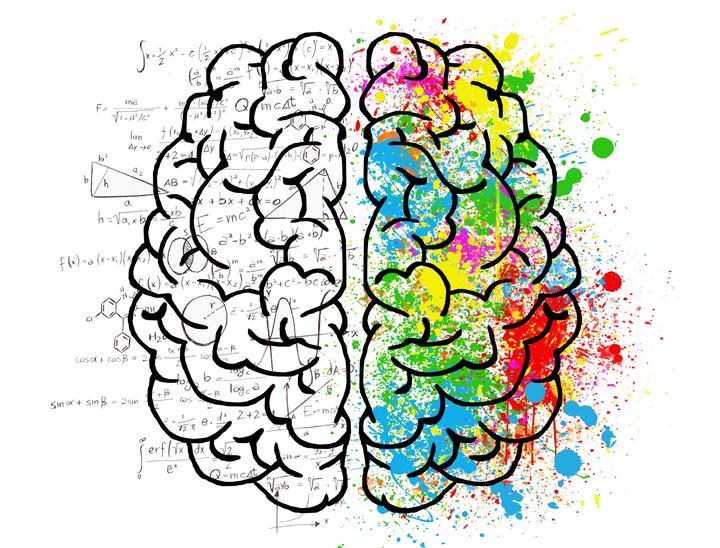Neuromyths

The term “neuromyths” was first used by neurosurgeon Alan Crockard in the 1980s to refer to unscientific ideas about the brain in medical culture. It was re-defined in 2002 by the Organisation for Economic Cooperation and Development (OECD) and its Brain and Learning project led by OECD’s Centre for Educational Research and Innovation (CERI) as “a misconception generated by a misunderstanding, a misreading, or a misquoting of facts scientifically established (by brain research) to make a case for use of brain research in education and other contexts”.
Indeed, neuroscience is a complex field. The difficulty in understanding neuroscience findings creates fertile ground for a number of misinterpretations and of course neuromyths creation. The fact that findings do not lend themselves to direct implementation in the classroom coupled with flaws in the media coverage of neuroscientific discoveries further feeds the proliferation of neuromyths.
We have done research on the prevalence of neuromyths amongst prospective teachers in Greece and have further published research focusing on the Learning Styles (LS) neuromyth. LS made an appearance in the 1950s, gained popularity in the 1970s, and are still a virtual truism amongst educators. The concept behind them holds some intuitive appeal, and states that providing information through different, but individually-specific, preferred modalities in instruction can improve learning. However, the concept has been heavily criticized. The CERI has also recognised and categorised LS as a neuromyth. Our studies add to the critical literature advocating against the use of LS in education.
Relevant publications Papadatou-Pastou, M., Gritzali, M., & Barrable, A. (2018). Educational neuromyths using the case of learning styles: Lack of agreement between teachers’ judgments of their students’ Learning Styles, self-assessed Learning Styles, and students’ intelligence. Frontiers in Education: Educational Psychology, Doi: https://doi.org/10.3389/feduc.2018.00105
Papadatou-Pastou, M., Haliou, E., & Vlachos, F. (2017). Brain knowledge and the prevalence of neuromyths among prospective teachers in Greece. Frontiers in Psychology: Educational Psychology, 8, 804. Doi: https://doi.org/10.3389/fpsyg.2017.00804
Papadatou-Pastou, M., Touloumakos, A.K., Koutouveli, C., & Barrable, A. The Learning Styles neuromyth: When the same term means different things to different teachers. Submitted